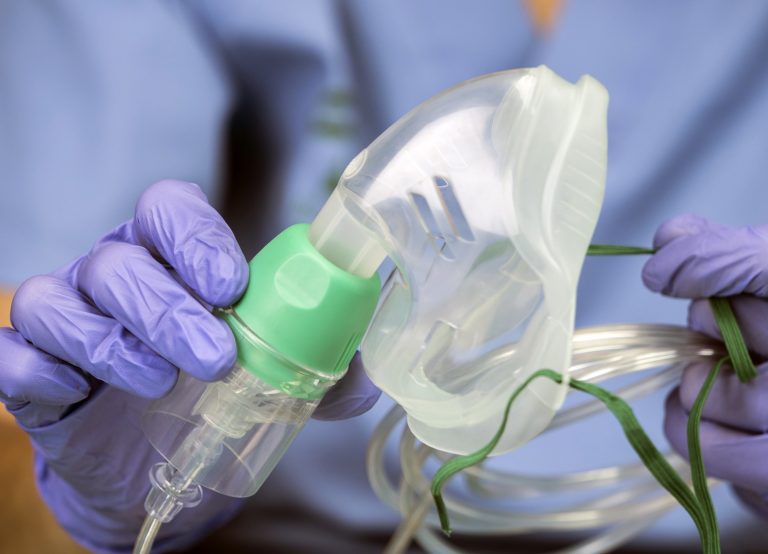Dealing with the Social Isolation of the Covid-19 Pandemic
"Sana has been in social isolation for 3 days and she's losing her mind. She wants to go outside, but she can't. Plus, the news keeps reporting scary things. Sana is scared and anxious".

machines that help people breathe in severe respiratory conditions including acute respiratory distress syndrome in COVID-19. This has led to several rescue interventions including mass imports of ventilators and private firms turning into makeshift ventilator manufacturing companies.
Current estimates place the risk of developing acute respiratory distress syndrome at 5 percent, meaning 5 out of 100 patients could need ventilators. With epidemiologists projecting that millions of Americans may contract the virus, the 173,000 ventilators available in the country may be insufficient to meet its demand if the spread of the virus is not curtailed.
An engineer at the University of Nebraska-Lincoln and a trauma critical care surgeon at the University of Nebraska Medical Center have teamed up to devise a strategy that could optimize ventilator use amid its shortage. Benjamin Terry and Dr. Keely Buesing built on their expertise to split ventilator use between two patients with a nearly equal match for oxygen need.
The team split the ventilators by modifying its tubing system to deliver oxygen to two people almost equally. Using a flow restrictor, healthcare providers can also regulate oxygen delivery to the patient who requires it less, to prevent problems with hyperventilation of the lungs.
The team has already run two successful trials using this setup and hopes to publish results after more experiments.
Read original article:
https://news.unl.edu/newsrooms/today/article/nu-researchers-develop-strategy-for-ventilator-sharing/
"Sana has been in social isolation for 3 days and she's losing her mind. She wants to go outside, but she can't. Plus, the news keeps reporting scary things. Sana is scared and anxious".
The world has been dealing with COVID-19 for nearly two years now; the media is filledCOVID-19 headlines and all the brouhaha it come with. But one thing we all already know is that the disease is killing many, and infecting even more So the question we all have been asking is: how do we reduce our risk of catching this infection?
